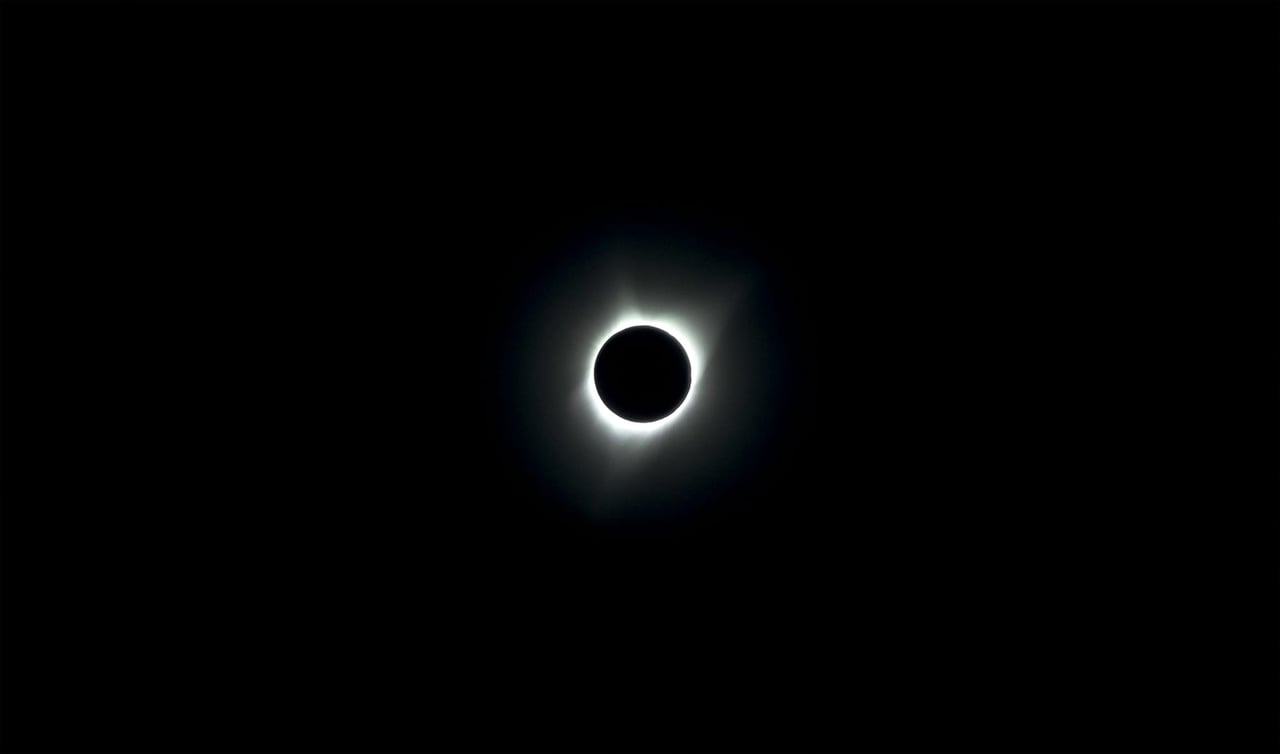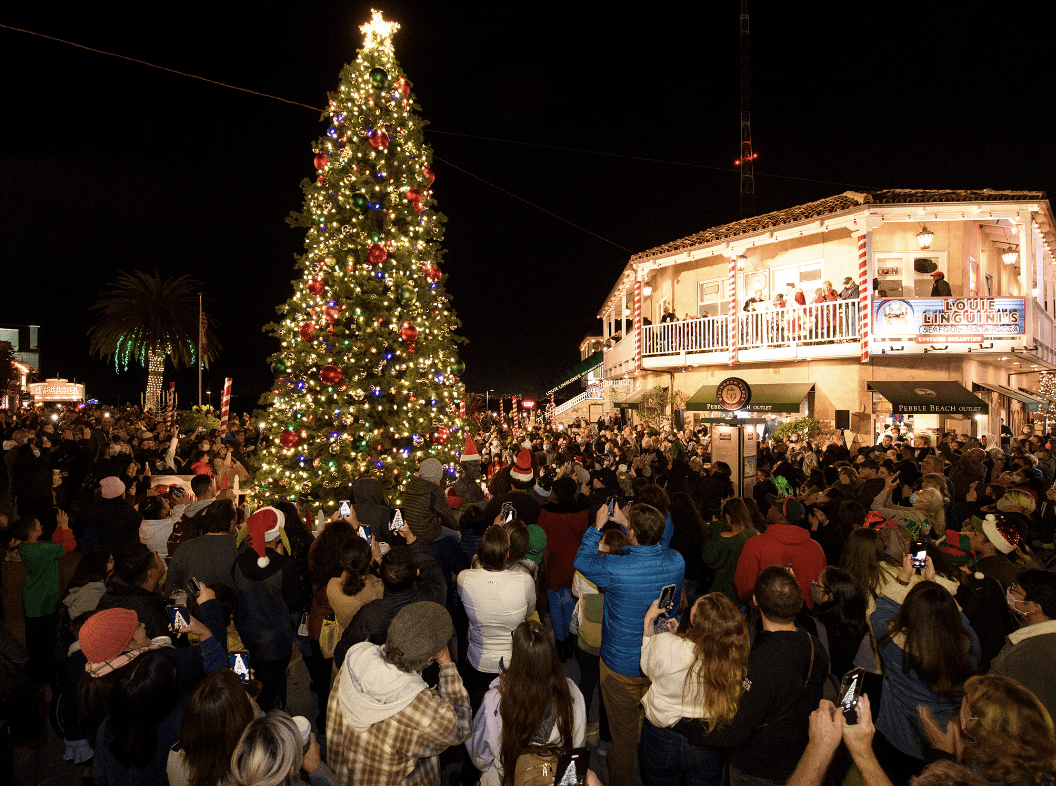Unveiling the Mystique of Solar Eclipses: A Celestial Spectacle
Solar eclipses, those awe-inspiring cosmic dances between the Earth, the Moon, and the Sun, hold an unmatched allure in the realm of astronomical phenomena. With the recent buzz surrounding a significant solar eclipse, it's the perfect time to delve into the captivating world of these celestial events. From their mesmerizing beauty to their rarity and scientific significance, solar eclipses never fail to leave us spellbound.
What exactly is a solar eclipse? At its core, a solar eclipse occurs when the Moon passes between the Earth and the Sun, obscuring the Sun either partially or entirely from view. This alignment creates a breathtaking spectacle as the Moon casts its shadow upon the Earth, plunging regions into temporary darkness and transforming day into an eerie twilight. Witnessing the Sun's brilliant corona emerge from behind the lunar silhouette is a sight that stirs the soul and ignites the imagination.
Part of the allure of solar eclipses lies in their rarity. While lunar eclipses, where the Earth's shadow falls upon the Moon, occur more frequently, solar eclipses are relatively scarce. This scarcity is due to the precise alignment required for the Moon to block out the Sun entirely, known as a total solar eclipse. Total eclipses are fleeting, with the path of totality, where the Sun is completely obscured, spanning only a narrow swath of the Earth's surface. As a result, experiencing a total solar eclipse firsthand is a once-in-a-lifetime opportunity for many, drawing travelers from far and wide to witness this celestial spectacle.
Beyond their aesthetic appeal, solar eclipses play a crucial role in scientific research and discovery. During a total solar eclipse, the Sun's corona, the outermost layer of its atmosphere, becomes visible to the naked eye. This fleeting glimpse offers scientists a unique opportunity to study the Sun's outer atmosphere and better understand phenomena such as solar flares and coronal mass ejections. Additionally, solar eclipses provide valuable insights into the mechanics of celestial mechanics and serve as a reminder of our place in the vastness of the cosmos.
Here are a few myths about solar eclipses:
- Eclipses Can Cause Blindness: There's a misconception that looking directly at a solar eclipse, even for a brief moment, can cause permanent blindness. While it's true that staring at the Sun without proper eye protection can cause serious eye damage, there are safe ways to observe eclipses, such as using special eclipse glasses or solar filters.
- Solar Eclipses Only Occur During Certain Times of the Year: Some people believe that solar eclipses can only occur during specific seasons or times of the year. In reality, solar eclipses can occur at any time, depending on the alignment of the Sun, Moon, and Earth. However, they are more likely to be visible in certain regions during certain seasons due to the Earth's orbit around the Sun.
- Eclipses are Predictable with Perfect Accuracy: While astronomers can accurately predict when and where solar eclipses will occur, there's a misconception that these predictions are always 100% accurate. Factors such as weather conditions and the Earth's atmosphere can affect visibility, making it challenging to guarantee a clear view of an eclipse.
- Solar Eclipses Always Last a Long Time: While some solar eclipses can last several minutes, there's a misconception that all eclipses are prolonged events. In reality, the duration of a solar eclipse depends on various factors, including the type of eclipse (partial, total, or annular) and the specific alignment of the Sun, Moon, and Earth.
- Eating During an Eclipse is Harmful: One common myth is that eating during a solar eclipse can be harmful to your health or can poison your food. While there's no scientific basis for this belief, it's a common superstition in some cultures.
Here are some random fun facts about solar eclipses:
- Solar Eclipse Shadows: During a total solar eclipse, the Moon's shadow creates two types of shadows on Earth: the umbra and the penumbra. The umbra is the darkest part of the shadow, where the Sun is completely blocked out, while the penumbra is a lighter shadow where only part of the Sun is obscured.
- Bailey's Beads: Just before and after totality during a total solar eclipse, you may witness a phenomenon known as Bailey's Beads. These are small, bright beads of sunlight that appear around the edge of the Moon's silhouette. They occur when sunlight shines through the rugged terrain of the Moon's surface, creating a dazzling effect.
- Temperature Drop: During a total solar eclipse, temperatures can drop noticeably as the Moon blocks out the Sun's rays. This sudden cooling effect can be quite dramatic, causing a drop of several degrees Fahrenheit in just a few minutes.
- Animal Behavior: Some animals exhibit unusual behavior during a solar eclipse. Birds may stop singing, and nocturnal animals may become active as they mistake the sudden darkness for nighttime. Scientists have observed these behaviors during eclipses and use them to study animal responses to changes in light conditions.
- Eclipse Chasers: There is a dedicated community of eclipse chasers who travel the world to witness solar eclipses. These enthusiasts plan their vacations and travel itineraries years in advance to ensure they are in the right place at the right time to see these rare celestial events.
Here are a few memorable solar eclipses from recent history:
- August 11, 1999 - Total Solar Eclipse in Europe: Often referred to as the "Millennium Eclipse," this total solar eclipse was visible from parts of Europe, including the United Kingdom, France, Germany, and Romania. Millions of people flocked to witness the event, and it remains one of the most-watched solar eclipses in history.
- March 20, 2015 - Total Solar Eclipse over the North Atlantic: This total solar eclipse was visible from the Faroe Islands and Svalbard, an archipelago situated between mainland Norway and the North Pole. Despite challenging weather conditions, many observers braved the cold to witness the fleeting moments of totality.
- August 21, 2017 - The Great American Eclipse: This total solar eclipse captivated millions across the United States as the path of totality swept from coast to coast. It was the first total solar eclipse visible from the contiguous United States since 1979, making it a highly anticipated event. Cities like Salem, Oregon, and Charleston, South Carolina, experienced total darkness during the peak of the eclipse, while millions of others witnessed a partial eclipse.
- July 2, 2019 - Total Solar Eclipse over South America: This total solar eclipse was visible primarily from the South Pacific and South America, with the path of totality crossing parts of Chile and Argentina. It attracted thousands of tourists and astronomers to witness the spectacle, with regions like La Serena, Chile, becoming popular viewing destinations.
In the Monterey Peninsula region, the allure of celestial events like solar eclipses is intertwined with the area's natural beauty and unique charm. Homes nestled amidst the picturesque landscapes of Monterey, Carmel, Pebble Beach, and Pacific Grove offer residents not only stunning views of the coastline but also opportunities to witness celestial phenomena such as solar eclipses. Imagine waking up in a residence with expansive vistas of the sky, where residents can witness the mesmerizing spectacle of a solar eclipse from their own property.
Additionally, communities along the Monterey Peninsula often embrace the anticipation of solar eclipses by organizing viewing events, fostering a sense of community engagement and highlighting the vibrant social atmosphere characteristic of living in such neighborhoods. Properties situated in areas renowned for their scenic beauty, coincidentally serving as prime eclipse observation points, provide buyers with the chance to enjoy both the breathtaking landscape and the celestial wonders above.
So, whether you're drawn to the allure of the Monterey Peninsula's coastal splendor or the cosmic spectacle of a solar eclipse, this region offers a unique blend of natural wonders to behold.
As we marvel at the celestial ballet unfolding before our eyes, let us not forget the profound significance of solar eclipses. These cosmic events serve as poignant reminders of the beauty and wonder of the universe, inviting us to gaze skyward and contemplate the mysteries that lie beyond. So, whether you're lucky enough to witness a total solar eclipse in person or simply marveling at the wonders of the cosmos from afar, take a moment to appreciate the magic of this celestial phenomena.


































































































